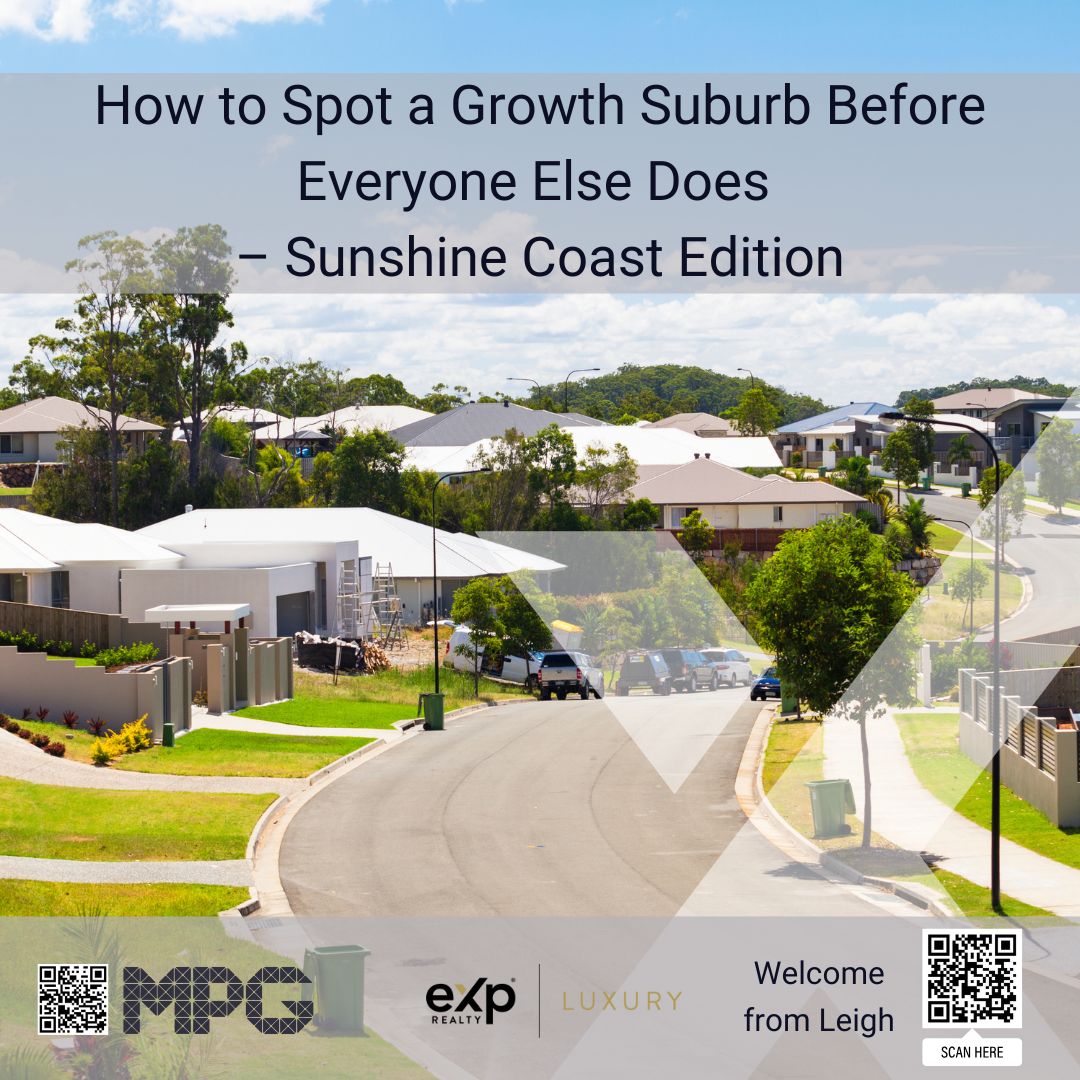Cautious Optimism: Improving Consumer Confidence & Anticipated Trends
This week, the ANZ Roy-Morgan Consumer Confidence index rose by 1.2 points to 82.2, marking a 5.2-point increase from this time last year. While most regions have maintained steady confidence levels month on month, Western Australia has experienced a notable spike in consumer sentiment. Financial polls indicate that fewer than a fifth of all Australians surveyed feel better off financially compared to last year, with 53% reporting feeling worse off. Despite the improvement in consumer confidence, it still falls short of the benchmark index of 85 points, a streak that has now lasted for 58 consecutive weeks.
Consumer spending, especially on major household items, remains subdued, although there has been a slight uptick in retail spending in the first part of 2024. In the property market, there has been a noticeable improvement in buyer sentiment, although it’s far from the booming market seen in late 2020 and 2021. Despite media portrayals, buyers are proceeding cautiously, taking their time with decisions. However, this doesn’t necessarily indicate a bad time to sell; shortages in property availability, coupled with improved buyer confidence and stable or improving prices in most regions, suggest sellers can expect favourable outcomes.
Early discussions of potential interest rate cuts later this year have likely contributed to the uptick in consumer sentiment. The prospect of lower interest rates is expected to draw more buyers into the market leading up to the anticipated rate decrease. While this could lead to increased buyer competition and shorter times on the market, it may not necessarily result in significant price hikes. Most economists and banks predict price increases of around 5 to 7% this year in most regions, prompting sellers to capitalise on the opportunity to fetch better prices for their properties.
However, challenges persist for first-time buyers and novice investors entering the market. Higher mortgage repayments and increased living costs pose affordability concerns, even if the RBA implements interest rate cuts later this year. While a slight rate decrease may offer relief to some families, it’s unlikely to precipitate another property boom. It is unlikely we will see a rapid rate decline akin to the rapid price rises witnessed in previous years, rather a more moderate drop of 2 to 4 basis points. Pre-existing property owners are more likely the ones to be doing most of the transacting this year and those. Many homeowners will be capitalising on selling in markets with higher prices and moving to markets with more affordable accommodations, and there will be others needing to downsize or looking to upsize.
In summary, while the property market shows signs of movement, particularly among existing homeowners and property investors, challenges remain for those looking to enter the market for the first time. It’s a delicate balance between supply and demand, affordability, and economic factors, all of which will continue to shape the trajectory of the property market in the coming months.





